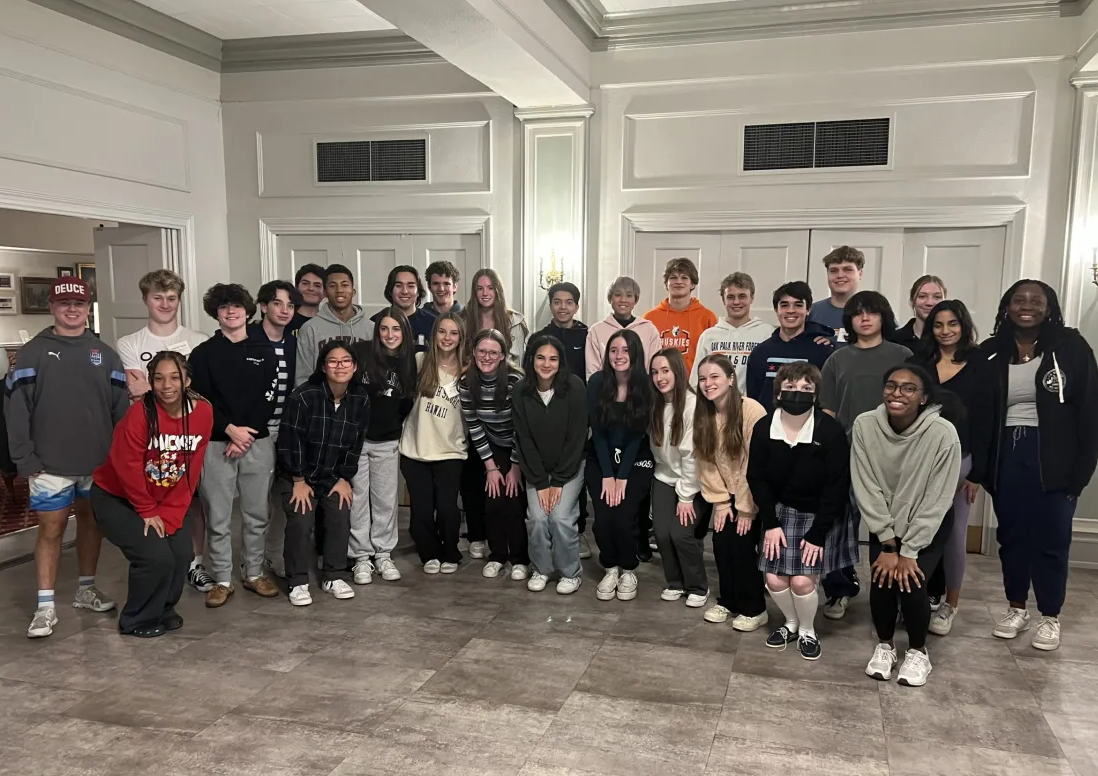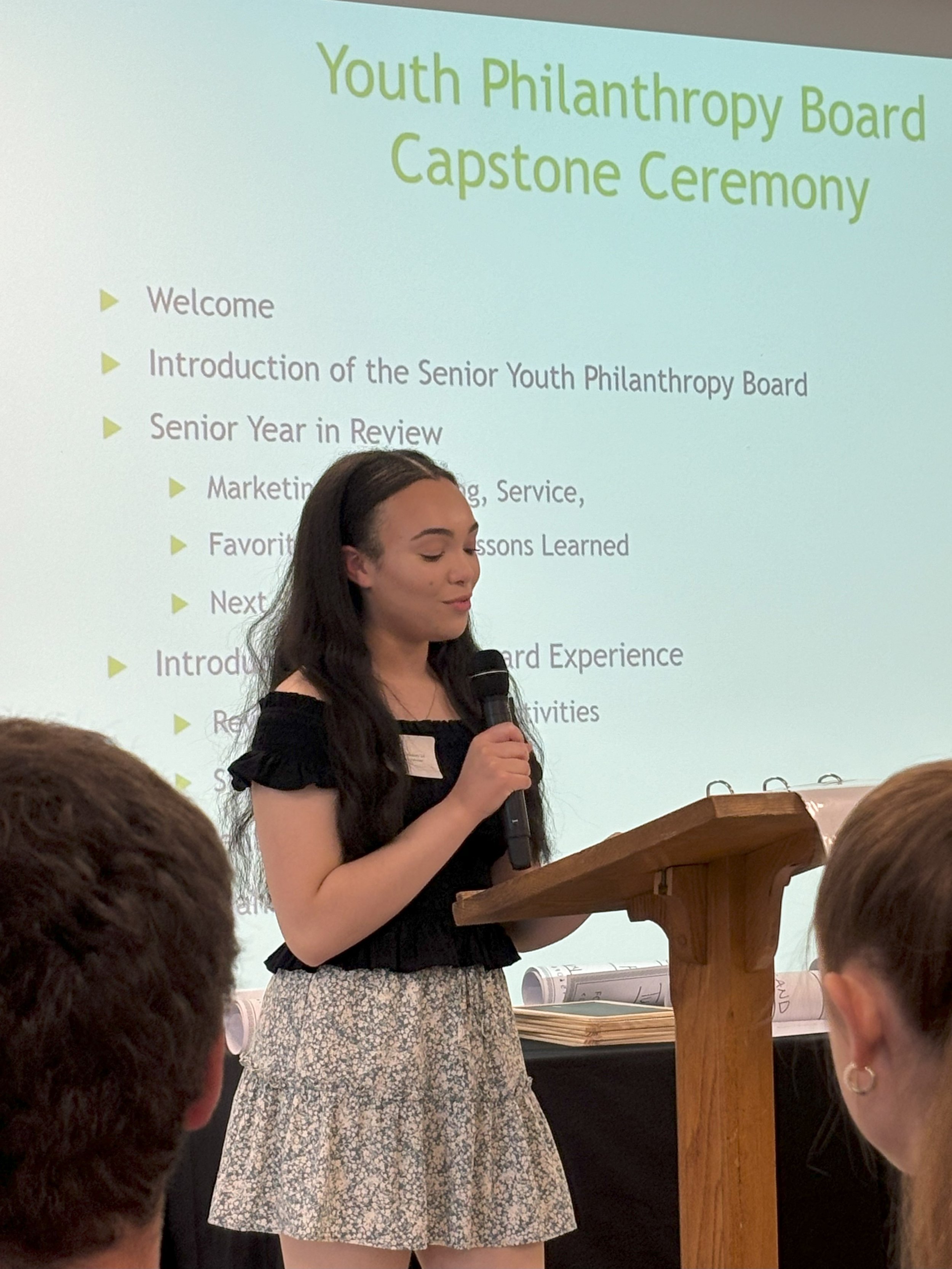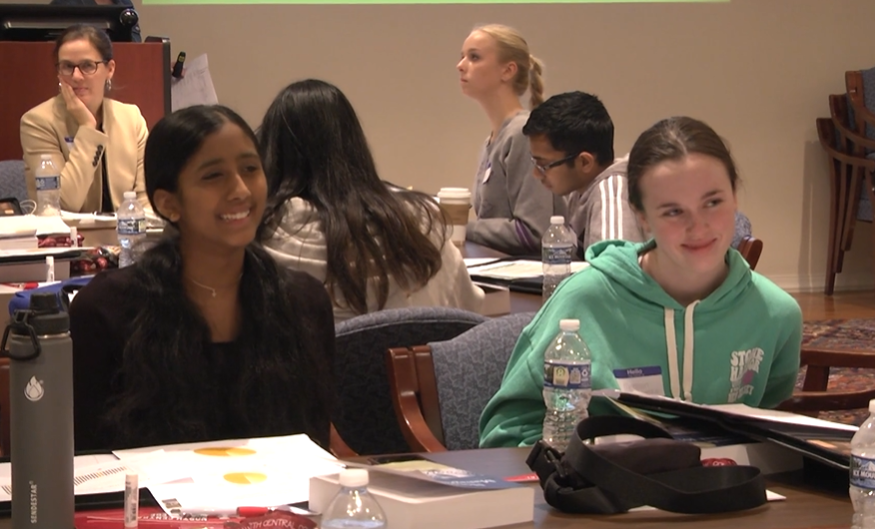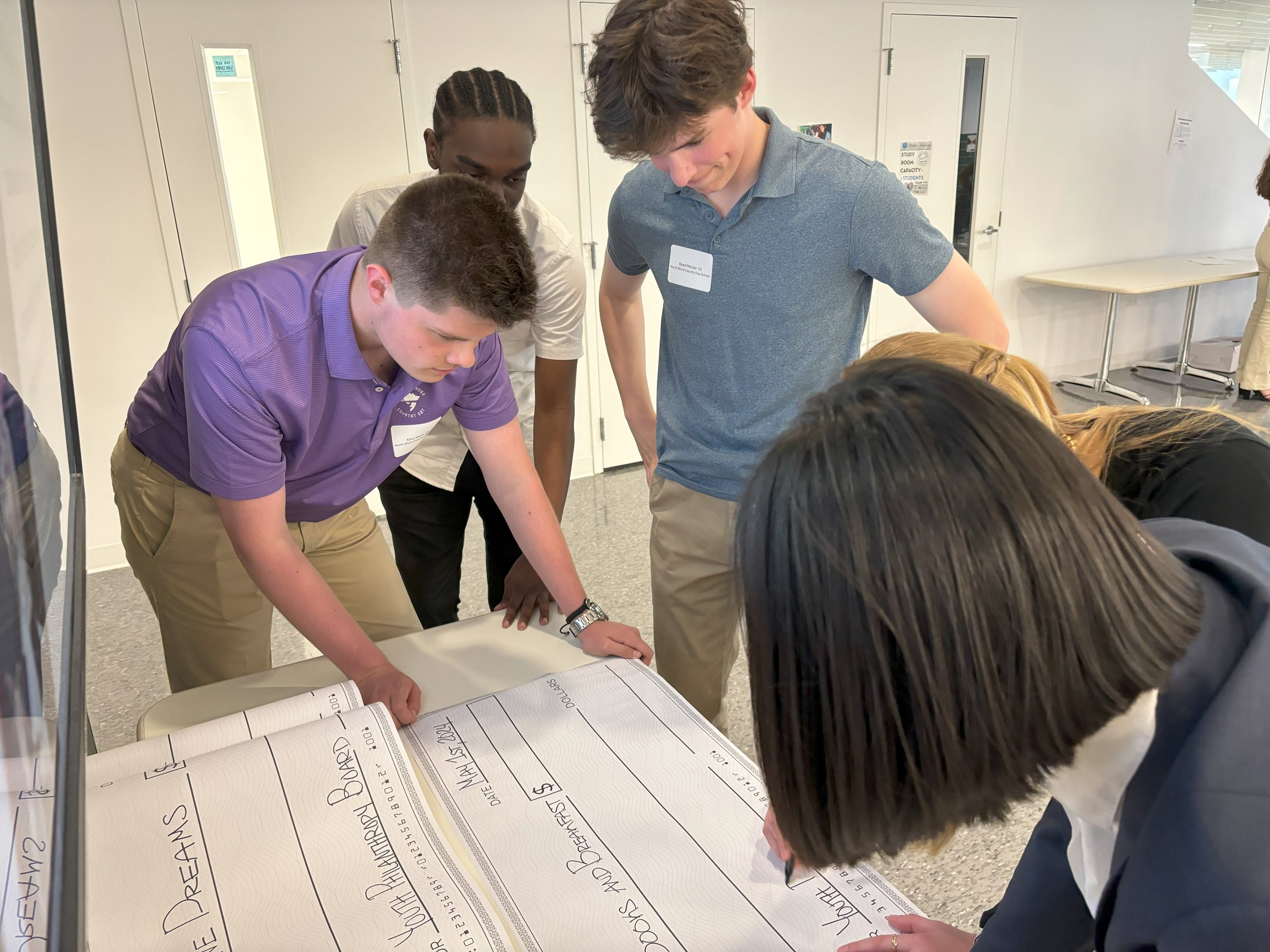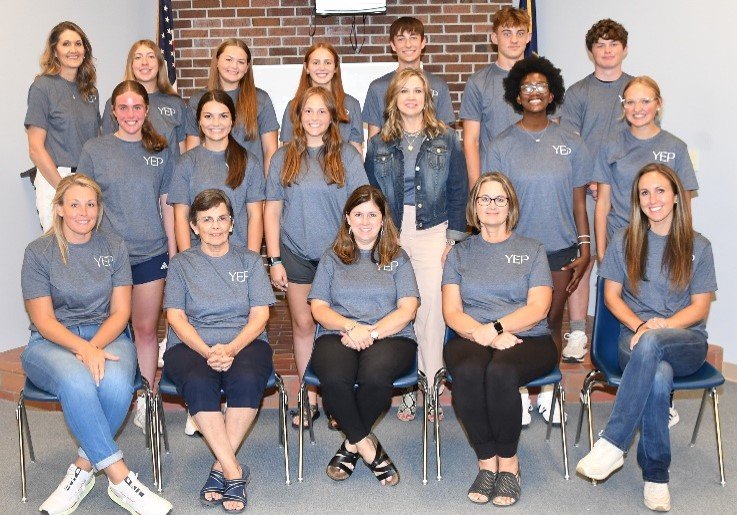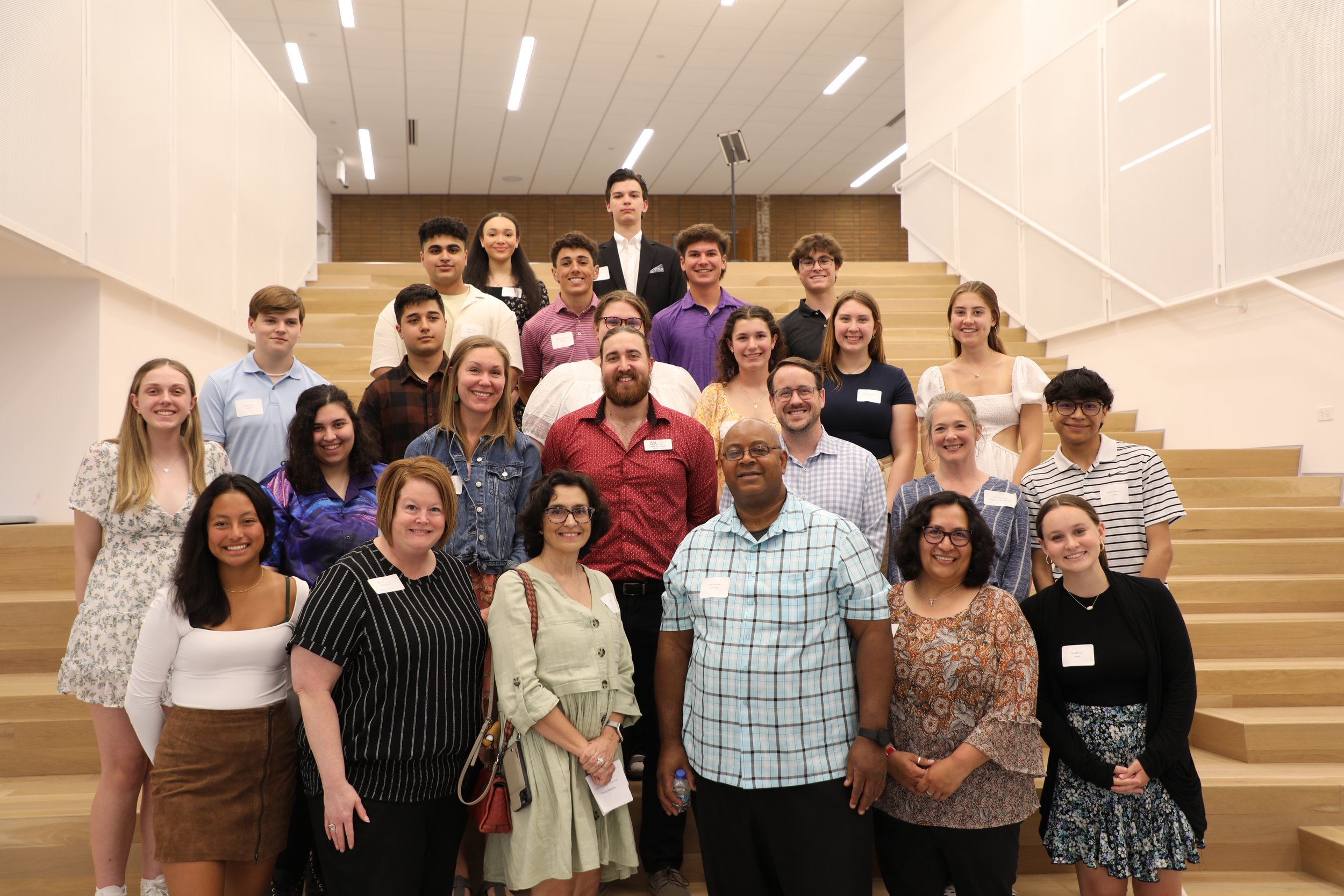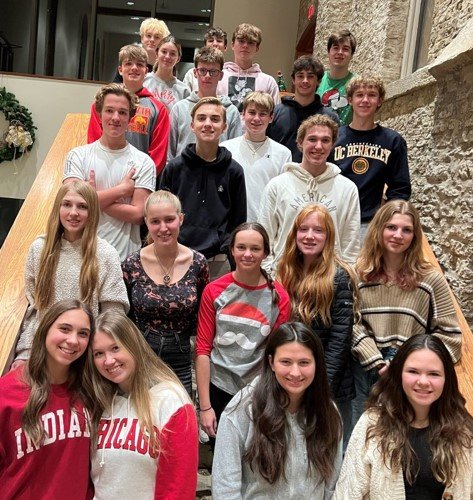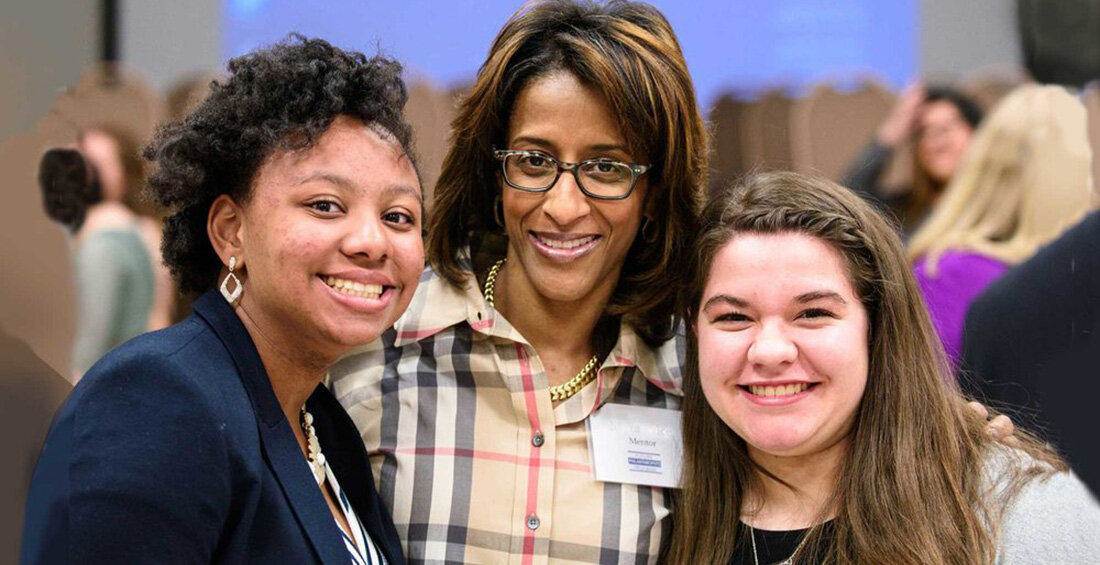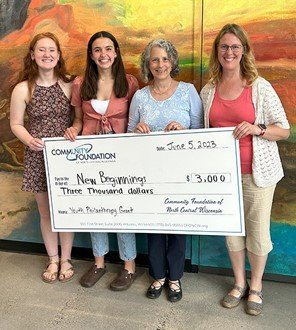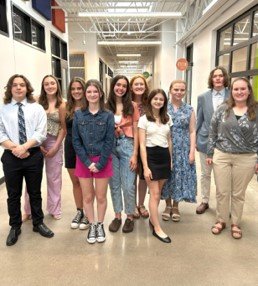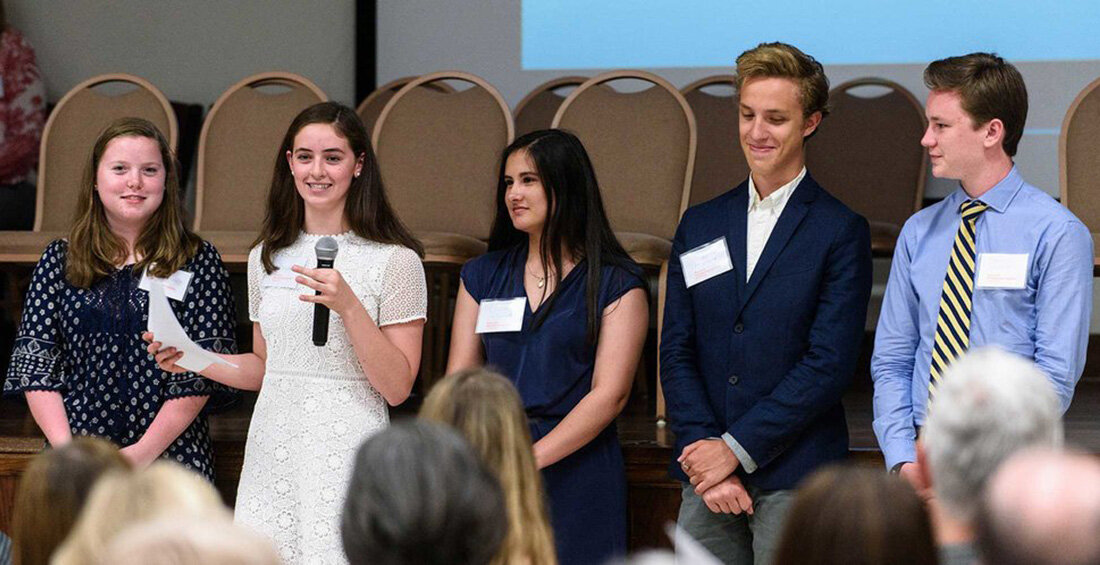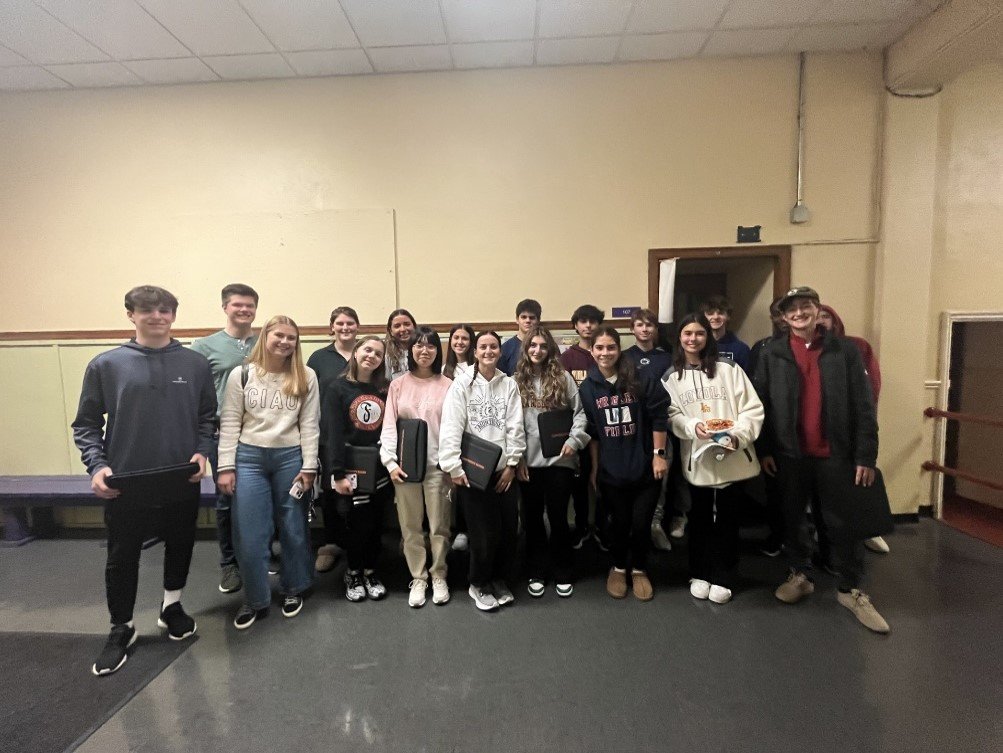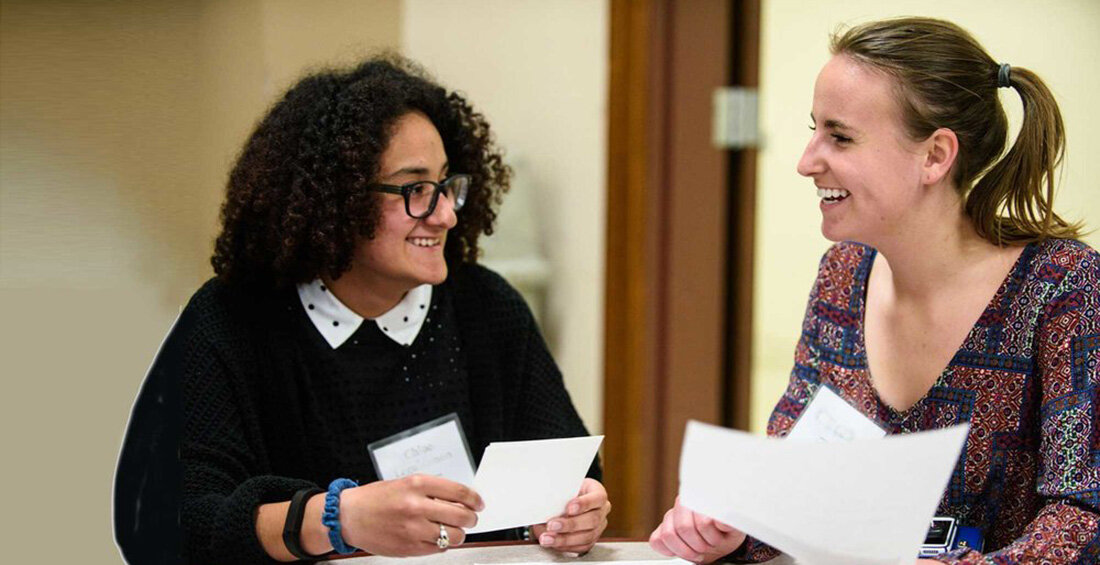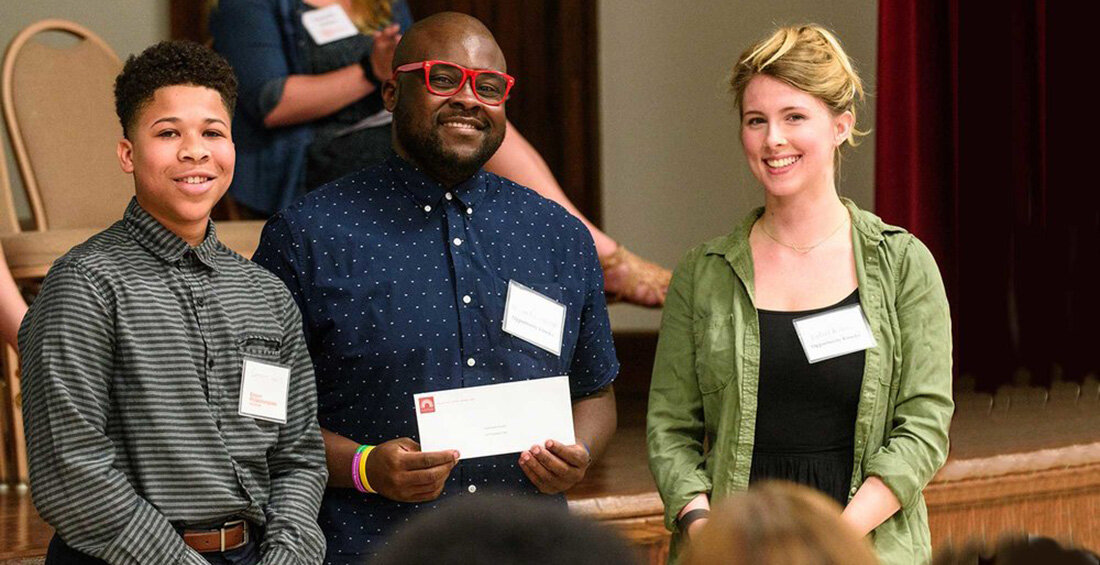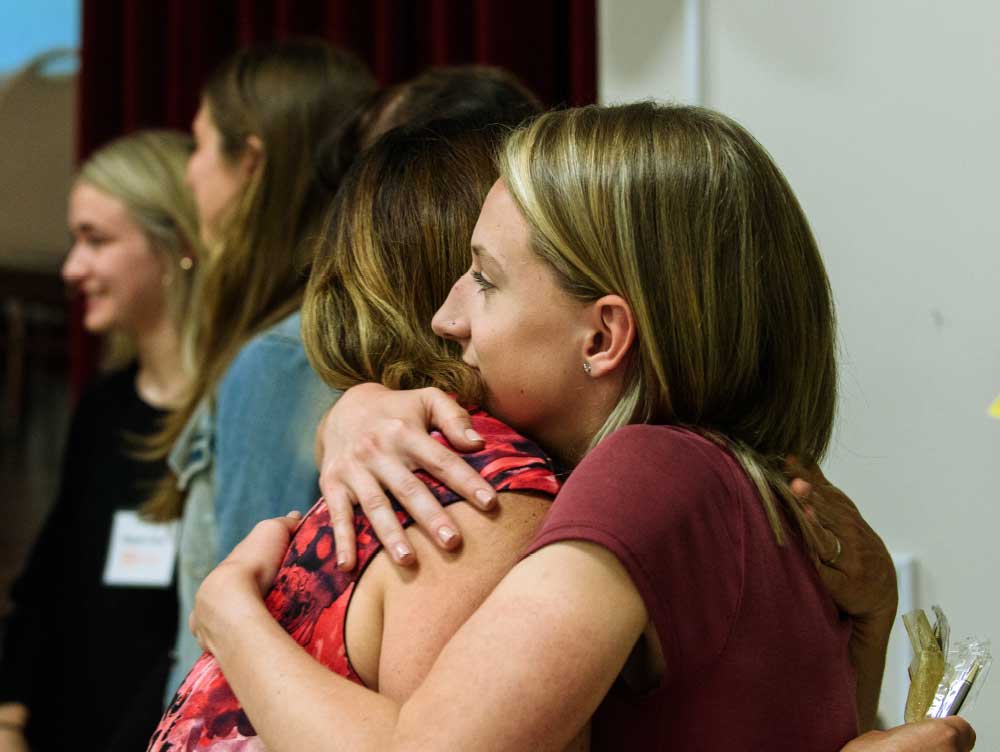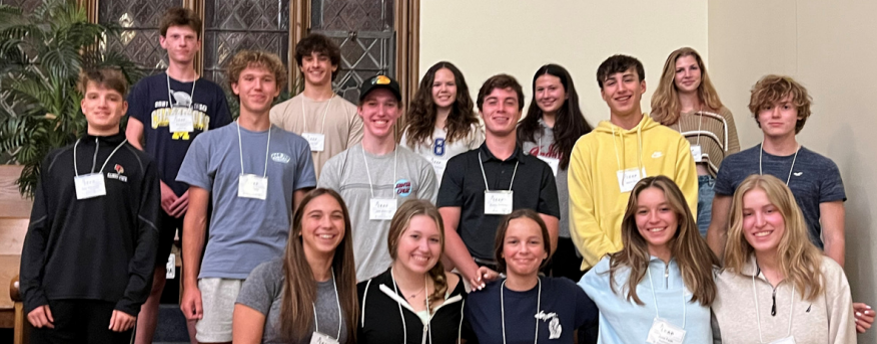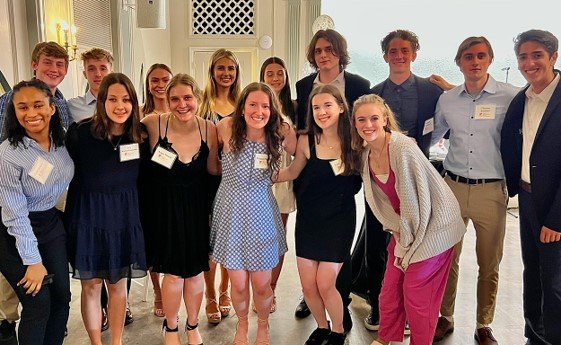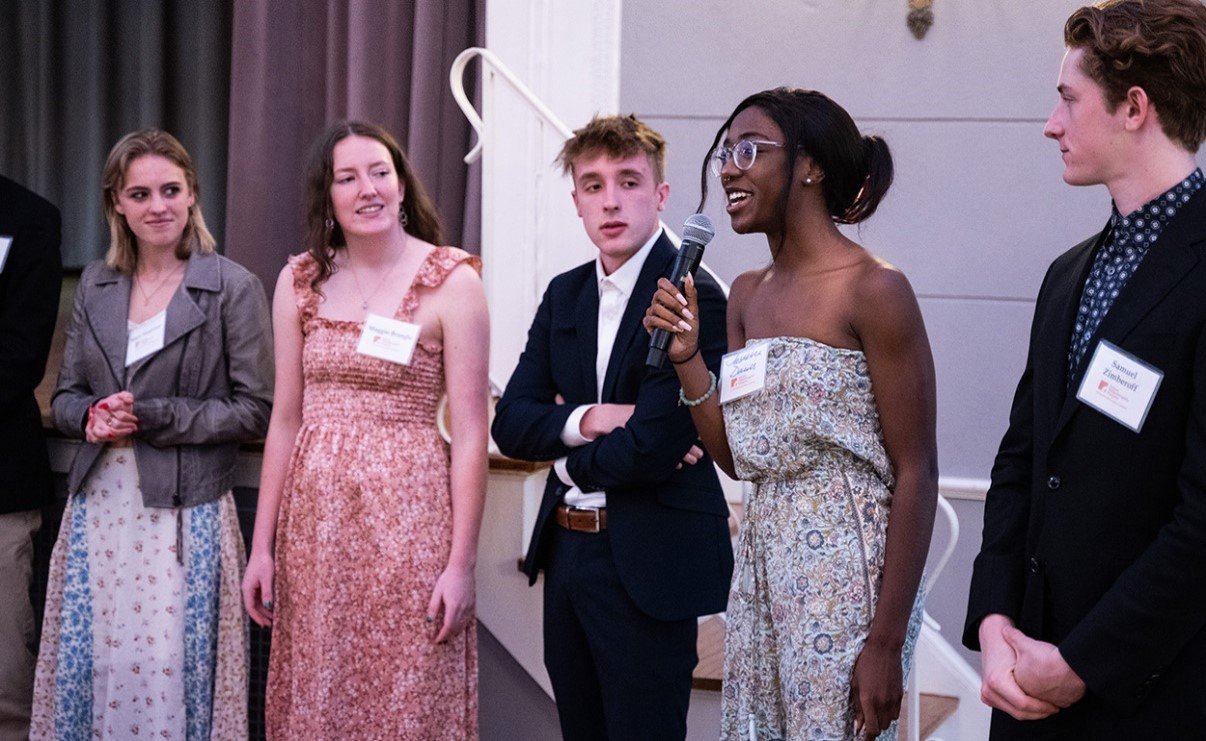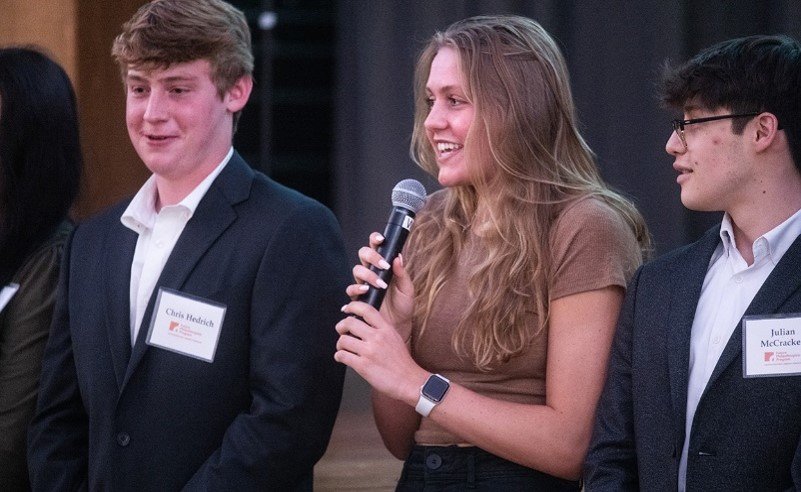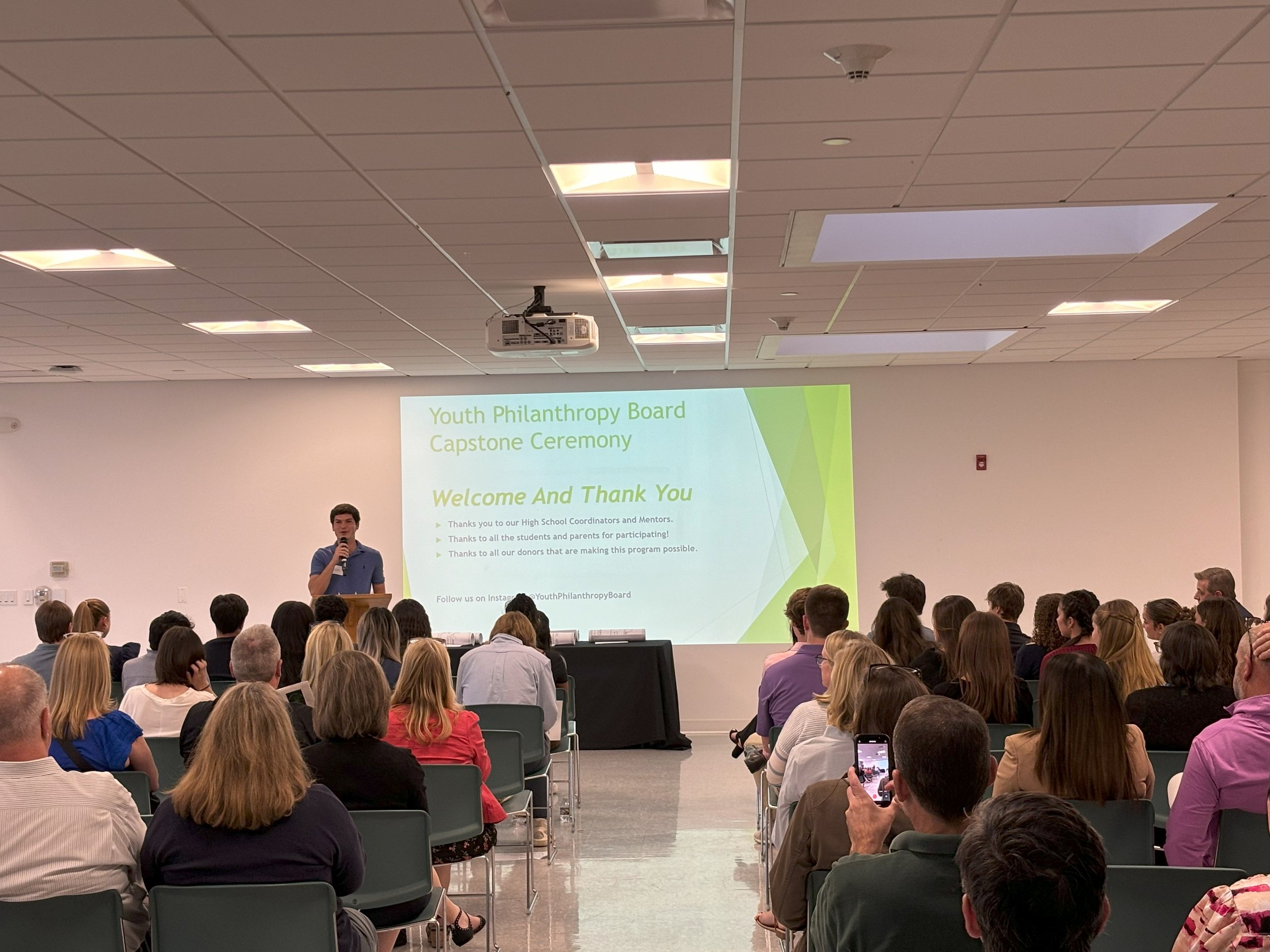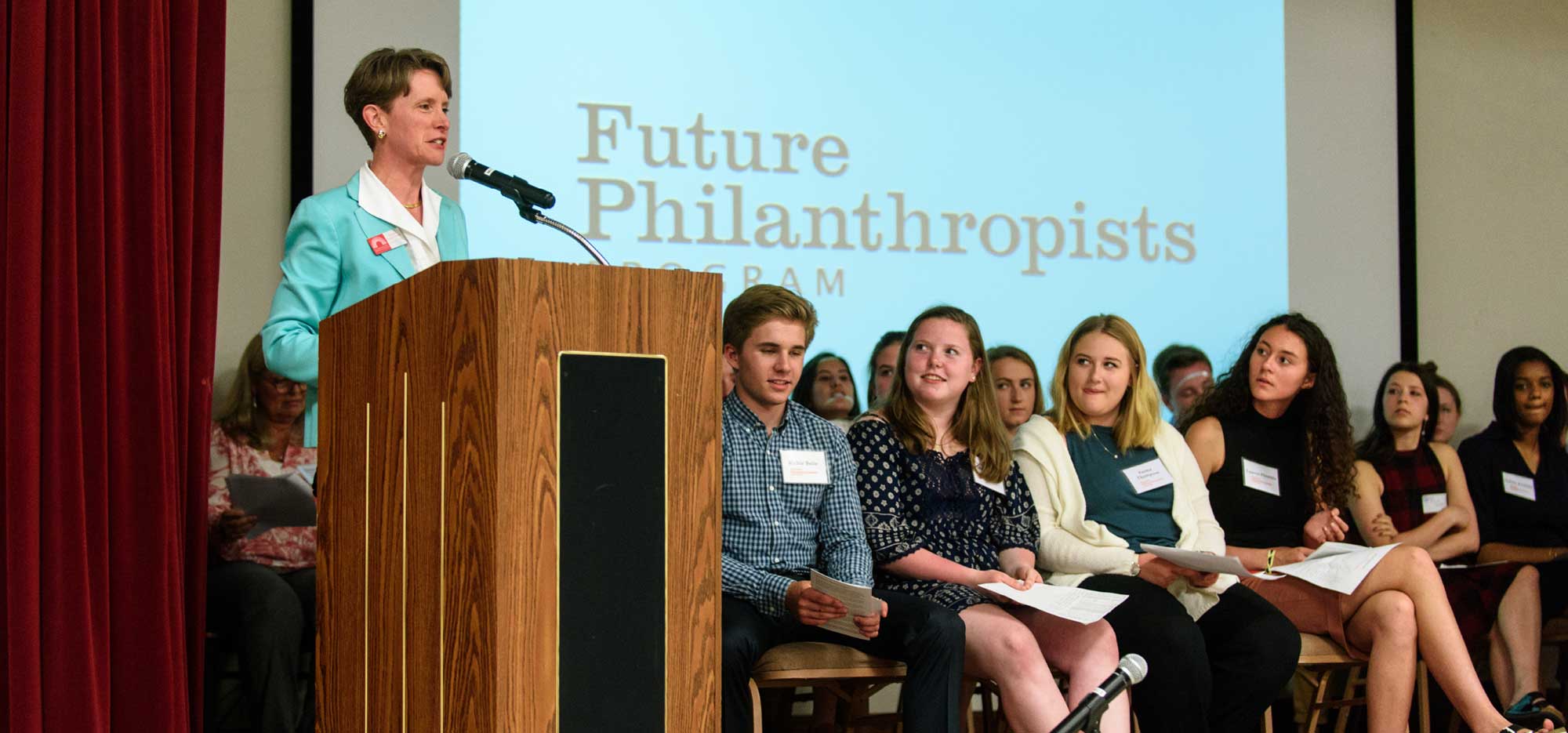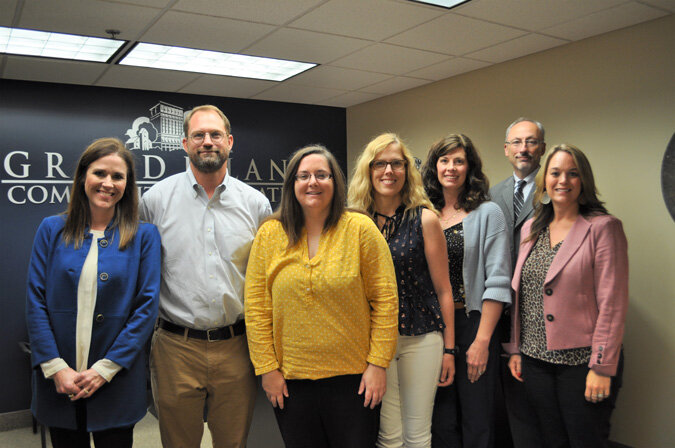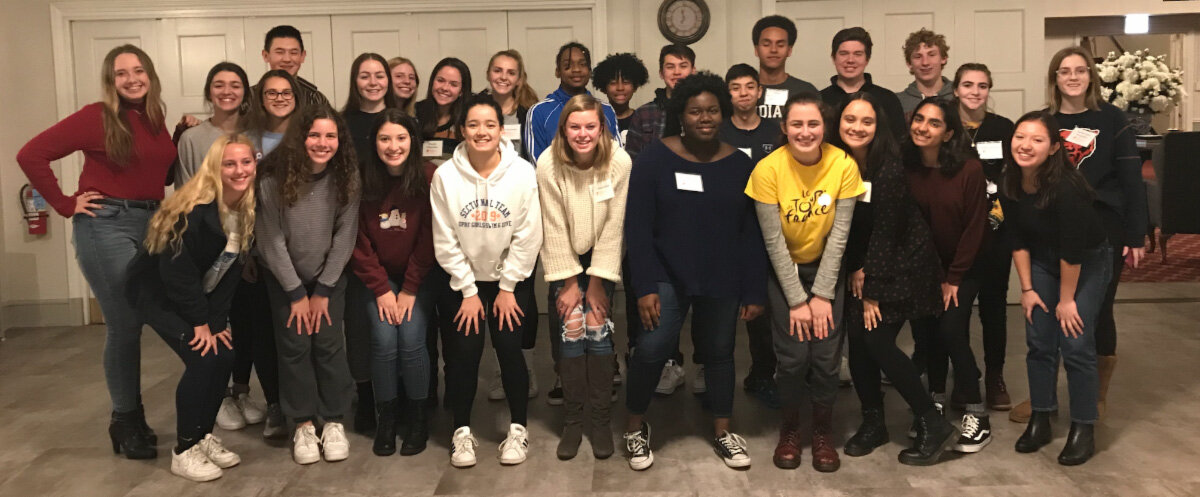
A national 501(c)3 philanthropic service organization

“The Three Pillars Program is extraordinary…”
“...In the past fourteen years of working in philanthropy and community development, I have never seen a program so comprehensive and exciting. The students are dynamic and the relationship between mentor and young philanthropists will truly change our community for the better.”
Chris Hochstetler | Grand Island Youth Philanthropy Board | Mentor
“I can’t put into words the impact TPI has had on my life”
“It has affected every organization I have been a part of! It has made me a more well-rounded individual, and I cannot put into words the impact TPI has had on my life.”
Phyllis K. | Future Philanthropists Program | Graduate ‘24

Not Just a Youth Philanthropy Program Model
A paved path for communities committed to raising engaged citizens who step up for the common good.
We provide everything you’d otherwise need to spark fresh ideas, bring lasting impact to your community from the ground up, and solidify a culture of generosity and adaptability:
Robust Curricula & Materials to structure granting, fundraising, and strategic volunteering
Donor Engagement Strategies to secure lasting relevance and build a next generation giving pipeline
Expert Consulting to personalize approaches and ensure program success
Intergenerational Mentorship Structure to allow youth to learn from experienced community leaders
Research & Evaluation to track your program efficiency and impact
All-in-one self-sustaining model that builds informed, giving leaders & sparks a lifetime of civic impact.

Give the Gift that Outlives You. Empower the Next Generation of Changemakers.
Your generosity helps young people in more communities grow into engaged, capable leaders who strengthen the places they call home.
Since our inception, we’ve equipped more than 1,000 youth participants with the skills and mindset of effective philanthropy. They’ve visited and funded over 150 local nonprofits, granted more than $1M, and raised more than $1.5M to sustain that impact. Yet many communities still lack pathways for the next generation of civic leaders. Our vision is a world where every community offers youth a chance to lead change. Your support helps bring these opportunities to more young people who deserve the resources and respect to strengthen the places they call home.
-

The Three Pillars
What are the Three Pillars of Philanthropy and how are they involved in our approach?
-

Why Youth Philanthropy?
Learn about the many reasons to use youth philanthropy in a community for both immediate and lasting benefits.
-

Amplify Your Funding Impact
Make your funds go further and turn your limited funds into multiplied impact.
-

Illinois Summit on Youth Philanthropy
Learn about our Illinois Summit on Youth Philanthropy and the Youth Philanthropy Day Proclamation.
-

National Alumni Network
See photos from our recent TPI National Alumni Network Launch Party and where it goes from here.
-

Testimonials from Others Who Took the Leap
Hear from program coordinators, mentors, and youth participants in their own words about the impact of joining a TPI program.
-
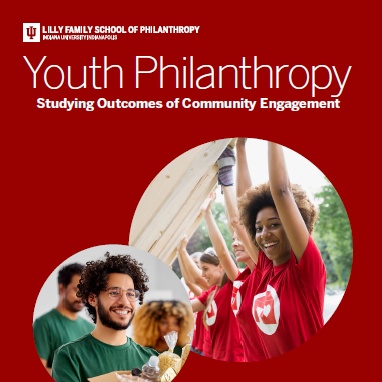
Model Efficacy & Impact
Check out the study from Indiana University Lily Family School of Philanthropy that confirmed the incredible efficacy of our program model.
-

Join the Movement
Find out how you can be a part of our community that catalyzes change in communities across the country!
Updates
Recent Event: TPI National Alumni Network Launch Party!
We just hosted the official launch of our National Alumni Network on October 30th at the McDonald’s Global Headquarters in Chicago.
The Launch was an incredible success, but only a slight glimpse of what the National Alumni Network will be. Check out the highlights of the event by clicking below!
“NEW RESEARCH CONFIRMS EFFICACY OF THREE PILLARS PROGRAM DESIGN”
Report from the Lilly Family School of Philanthropy at Indiana University found the Three Pillars Program design achieves “remarkably higher rates of philanthropic action”
Find Us On Social Media











